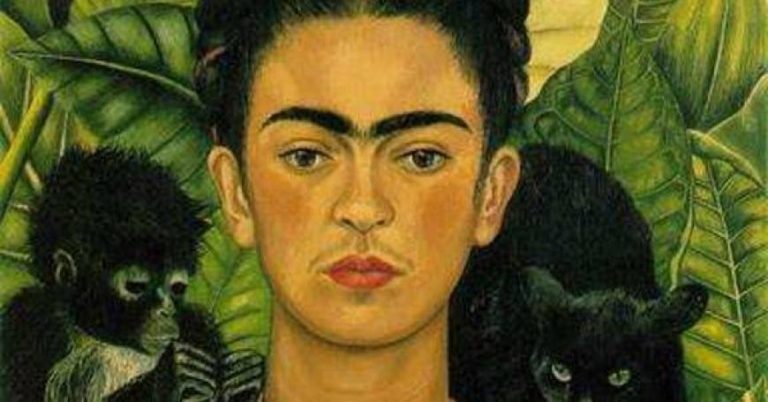Be Golden as gold mine & Green as leaf
carpe diemBe Golden as gold mine & Green as leaf
carpe diemFrida Kahlo and her paintings
Frida Kahlo and her paintings



Meursault
Meursault
Meursault is psychologically detached from the world around him. Events that would be very significant for most people, such as a marriage proposal or a parent’s death, do not matter to him, at least not on a sentimental level. He simply does not care that his mother is dead, or that Marie loves him.
Meursault is also honest, which means that he does not think of hiding his lack of feeling by shedding false tears over his mother’s death. In displaying his indifference, Meursault implicitly challenges society’s accepted moral standards, which dictate that one should grieve over death. Because Meursault does not grieve, society sees him as an outsider, a threat, even a monster. At his trial, the fact that he had no reaction to his mother’s death damages his reputation far more than his taking of another person’s life.
Meursault is neither moral nor immoral. Rather, he is amoral—he simply does not make the distinction between good and bad in his own mind. When Raymond asks him to write a letter that will help Raymond torment his mistress, Meursault indifferently agrees because he “didn’t have any reason not to.” He does not place any value judgment on his act, and writes the letter mainly because he has the time and the ability to do so.
At the novel’s outset, Meursault’s indifference seems to apply solely to his understanding of himself. Aside from his atheism, Meursault makes few assumptions about the nature of the world around him. However, his thinking begins to broaden once he is sentenced to death. After his encounter with the chaplain, Meursault concludes that the universe is, like him, totally indifferent to human life. He decides that people’s lives have no grand meaning or importance, and that their actions, their comings and goings, have no effect on the world. This realization is the culmination of all the events of the novel. When Meursault accepts “the gentle indifference of the world,” he finds peace with himself and with the society around him, and his development as a character is complete.
Che Guevara
Che Guevara

Che Guevara was a prominent communist figure in the Cuban Revolution who went on to become a guerrilla leader in South America. Executed by the Bolivian army in 1967, he has since been regarded as a martyred hero by generations of leftists worldwide. Guevara’s image remains a prevalent icon of leftist radicalism and anti-imperialism.
Guevara became part of Fidel Castro’s efforts to overthrow the Batista government in Cuba. He served as a military advisor to Castro and led guerrilla troops in battles against Batista forces. When Castro took power in 1959, Guevara became in charge of La Cabaña Fortress prison. It is estimated that at least 144 people were executed on Guevara’s extra-judicial orders during this time.
Later, he became president of the Cuban national bank and helped to shift the country’s trade relations from the United States to the Soviet Union. Guevara addressed the United Nations General Assembly on December 11, 1964, where he also expressed support for the people of Puerto Rico. One year later, he was appointed minister of industry. Guevara left this post in 1965 to export the ideas of Cuba’s revolution to other parts of the world. In 1966, he began to try to incite the people of Bolivia to rebel against their government, but had little success. With only a small guerrilla force to support his efforts, Guevara was captured and killed on October 9, 1967 in La Higuera by the Bolivian army, which had been aided by CIA advisers.